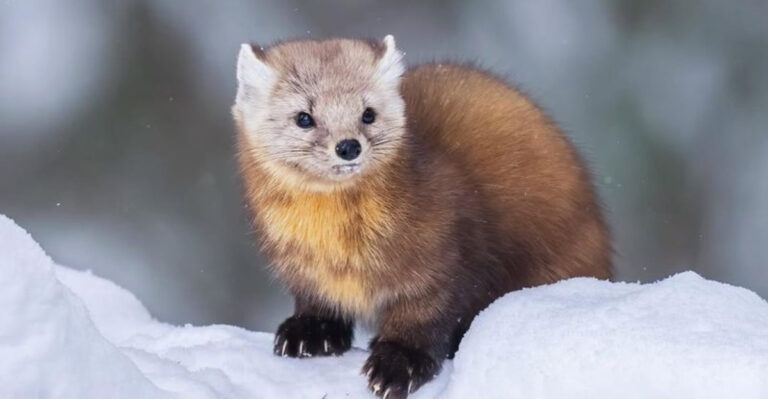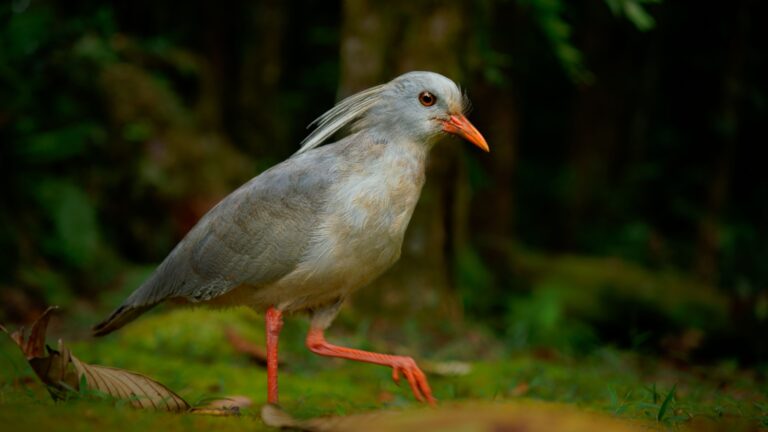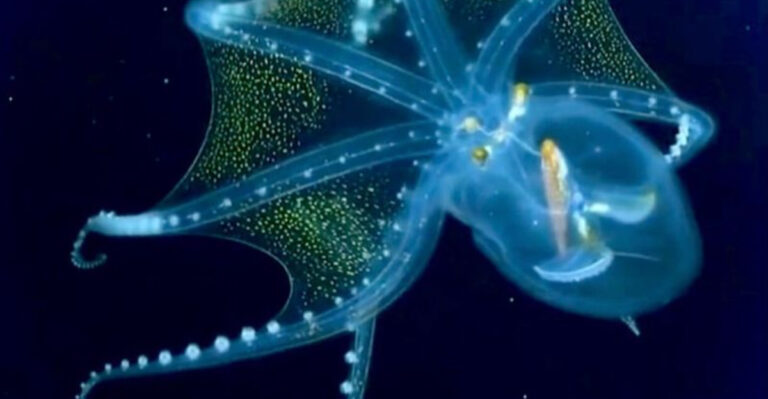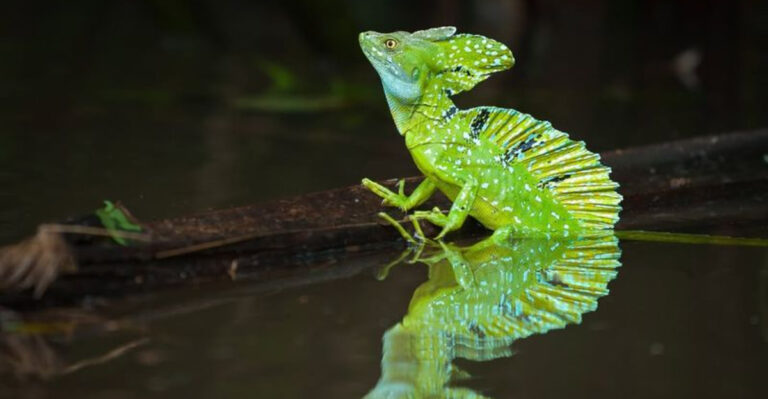15 Fascinating Differences Between Turtles, Tortoises, And Terrapins
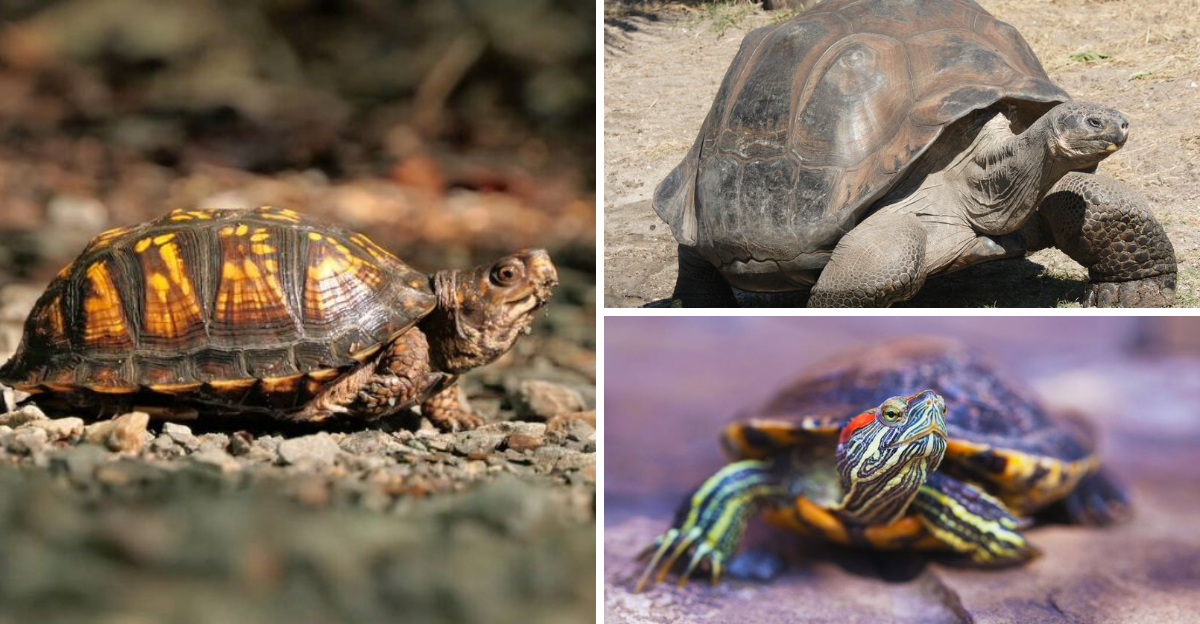
Have you ever wondered what makes turtles, tortoises, and terrapins different from each other? While they might look similar at first glance, these shelled creatures have evolved distinct characteristics to thrive in their specific environments.
Many people use these terms interchangeably, but scientists categorize them based on habitat, physical features, and behaviors that set each group apart.
1. Habitat Preferences
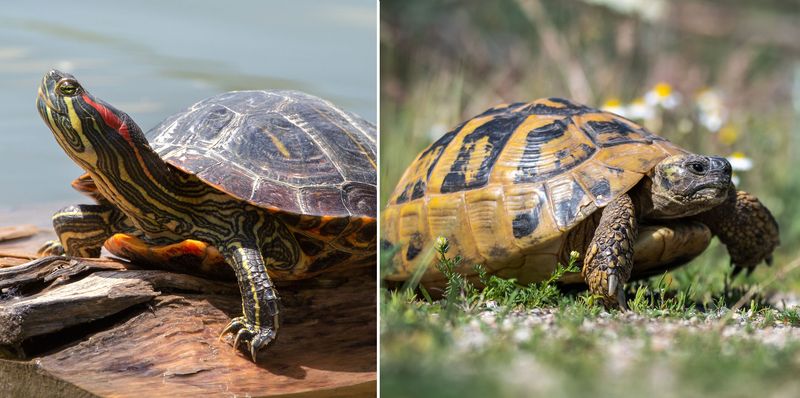
Turtles primarily live in oceans and freshwater, spending most of their lives swimming. Their aquatic lifestyle shapes everything about them.
Tortoises, the land-dwellers of the group, prefer dry environments like deserts and grasslands. They rarely venture into water.
Terrapins occupy the middle ground, living in brackish waters where rivers meet seas, frequently moving between land and water throughout their day.
2. Shell Structure
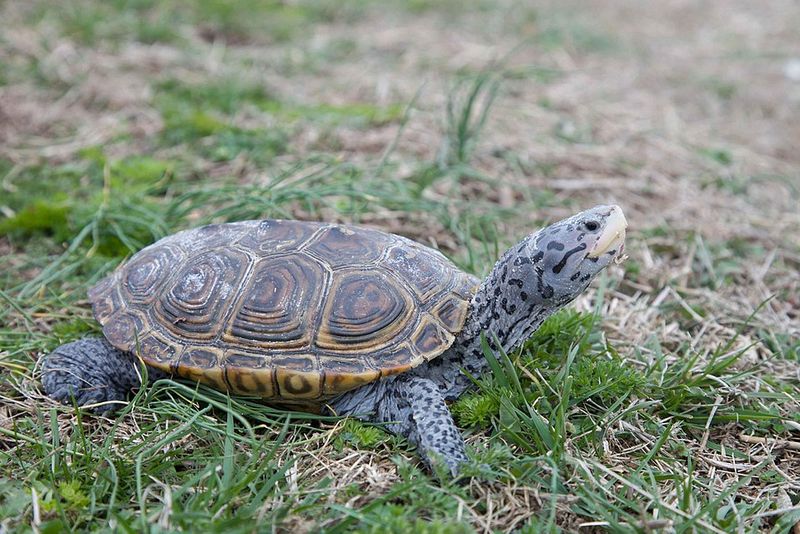
Tortoise shells form high domes with steep sides, providing maximum protection against predators. Their thick, heavy carapaces act like mobile fortresses.
Turtle shells appear streamlined and flatter, perfect for cutting through water with minimal resistance. Some sea turtles can’t fully retract inside.
Terrapin shells blend these features—moderately domed but not as bulky as tortoises, allowing decent protection while maintaining mobility.
3. Dietary Habits
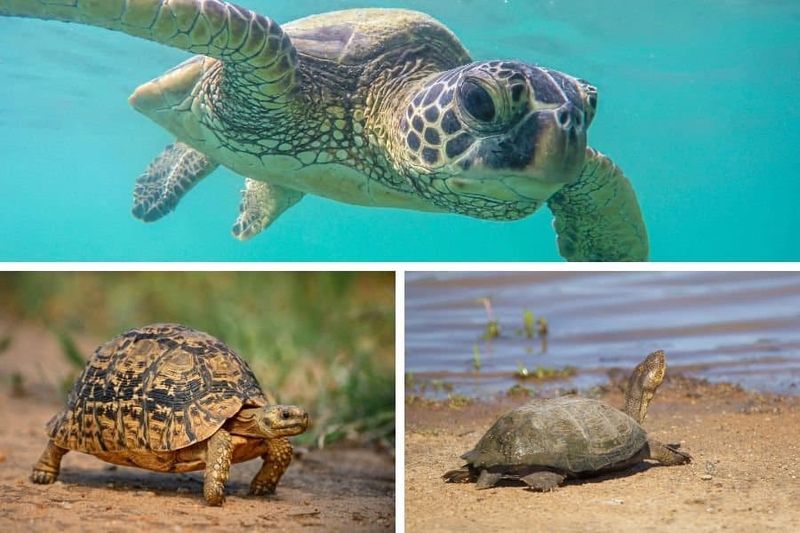
Tortoises munch almost exclusively on plants—grasses, flowers, fruits, and cactus pads make up their vegetarian menu. Their jaws evolved specifically for grinding tough plant material.
Turtles display more variety, with many species eating both plants and animals. Sea turtles might feast on jellyfish, while others prefer fish or aquatic plants.
Terrapins typically enjoy a protein-rich diet of small fish, crustaceans, and mollusks, supplemented with aquatic vegetation.
4. Lifespan
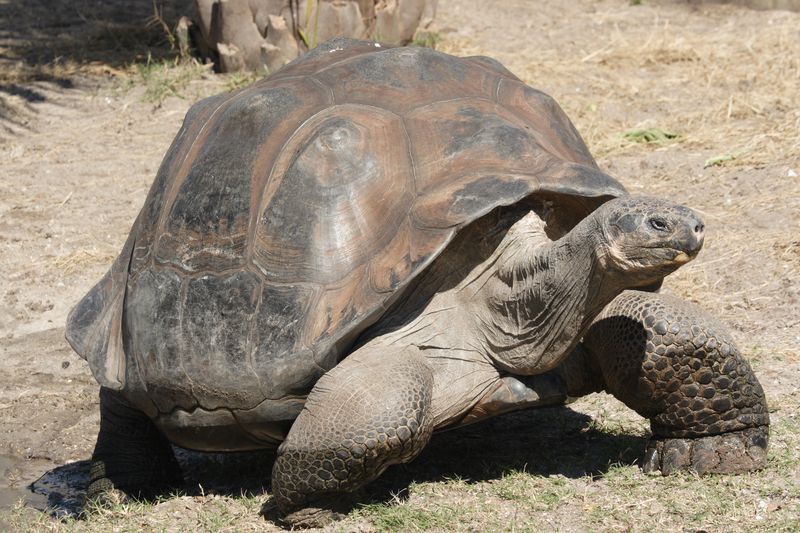
Tortoises claim the longevity crown, with some species living over 150 years! The famous Galápagos tortoises regularly surpass the century mark in the wild.
Most turtle species live between 20-40 years, though sea turtles can reach 80 years or more. Their aquatic lifestyle presents different survival challenges.
Terrapins typically survive 20-40 years, facing threats from both land and water environments that impact their lifespan.
5. Size And Weight
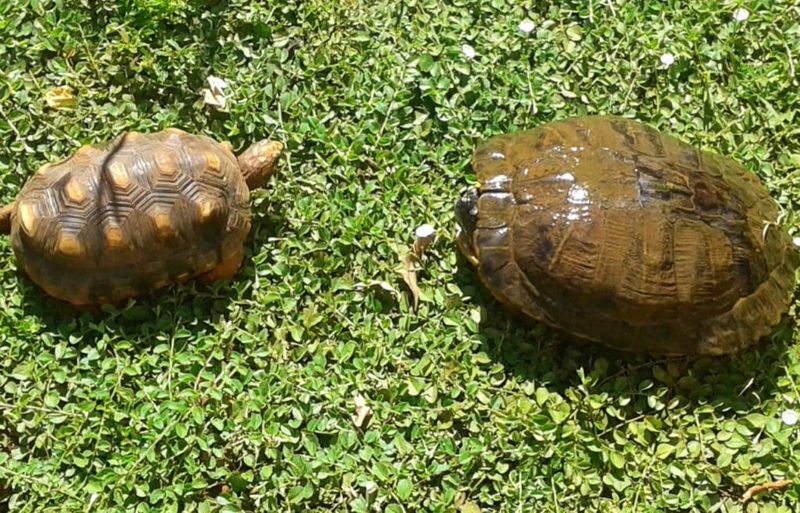
Giant tortoises tip the scales at 550+ pounds, with Aldabra and Galápagos species growing massive. Their heavy build supports their terrestrial lifestyle perfectly.
Sea turtles range widely—leatherbacks reach 1,500 pounds while bog turtles weigh mere ounces. Their size correlates with their specific ecological niche.
Terrapins maintain modest proportions, typically 5-12 inches long and weighing 1-5 pounds, balancing mobility in both environments.
6. Movement And Speed
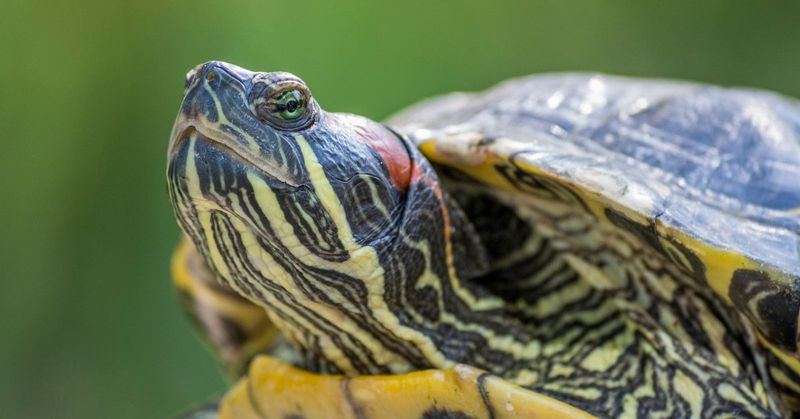
Sea turtles glide effortlessly through water, reaching speeds of 22 mph. Their flippers work like underwater wings, propelling them with surprising grace.
Tortoises plod along at a leisurely 0.3 mph on land. The phrase “tortoise-slow” exists for good reason—they prioritize energy conservation over speed.
Terrapins showcase versatility, swimming decently in water while maintaining respectable mobility on land, though excelling at neither.
7. Limb Structure
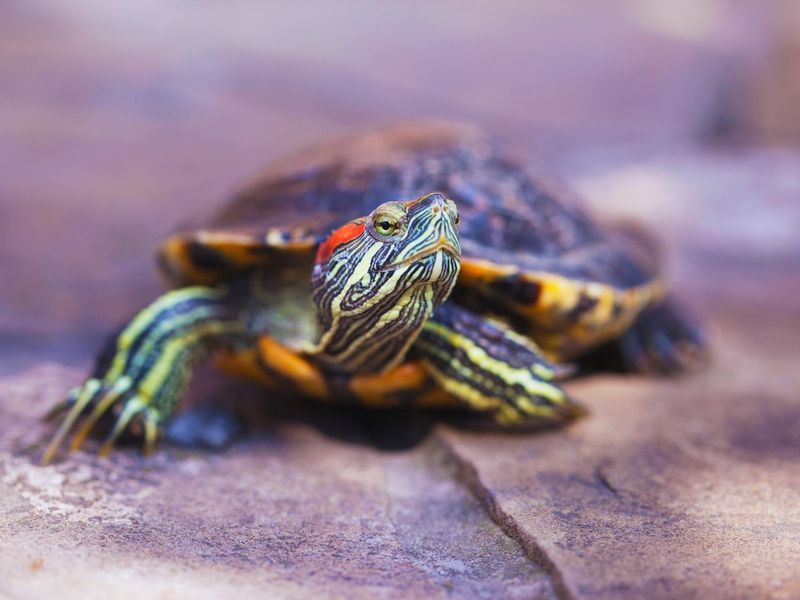
Sea turtles possess flipper-like limbs with elongated digits fused inside a streamlined paddle. These specialized appendages enable powerful swimming but awkward land movement.
Tortoises developed column-like elephantine legs supporting their heavy weight. Their sturdy limbs have sharp claws for digging burrows and nests.
Terrapins evolved the best of both worlds—semi-webbed feet with visible claws, allowing them to swim and walk with relative ease.
8. Reproductive Behaviors
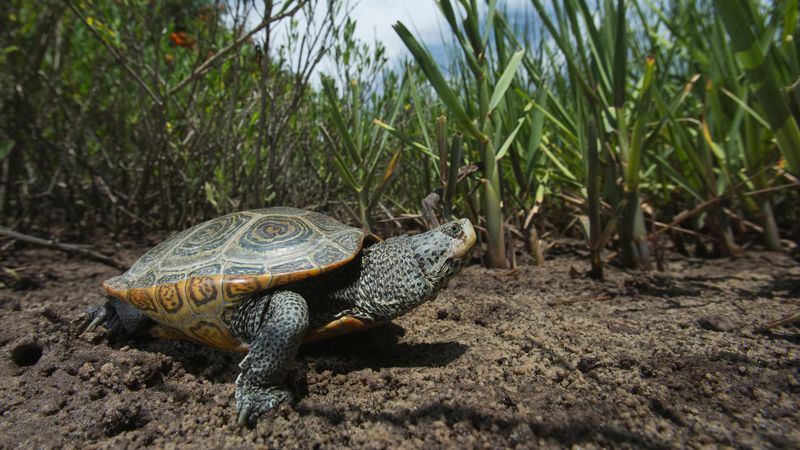
Female sea turtles undertake epic migrations to ancestral nesting beaches, sometimes traveling thousands of miles. They dig deep nests in sandy shores, laying 80-120 eggs before returning to sea.
Tortoises mate slowly and deliberately on land. Females dig shallow nests in soil, depositing 4-25 eggs depending on species.
Terrapins select sandy areas near brackish water for nesting, typically laying 8-12 eggs per clutch.
9. Adaptability To Climate

Desert tortoises thrive in extreme temperature swings, from freezing nights to scorching days. Their specialized metabolism allows them to survive without drinking water for months!
Sea turtles maintain remarkable thermal regulation, with some species handling near-freezing waters. Others prefer tropical climates year-round.
Terrapins excel in transitional zones, often hibernating during winter by burying themselves in mud. Their adaptability to seasonal changes proves impressive.
10. Defense Mechanisms

Tortoises rely on their fortress-like shells, completely retracting head, tail and limbs inside when threatened. Some species can close their shells using hinged plastrons.
Sea turtles can’t fully retract into their shells, relying instead on speed and maneuverability. Their streamlined design sacrifices protection for swimming efficiency.
Terrapins employ a mixed strategy—partial retraction combined with quick escapes to water or land, depending on the threat’s origin.
11. Conservation Status
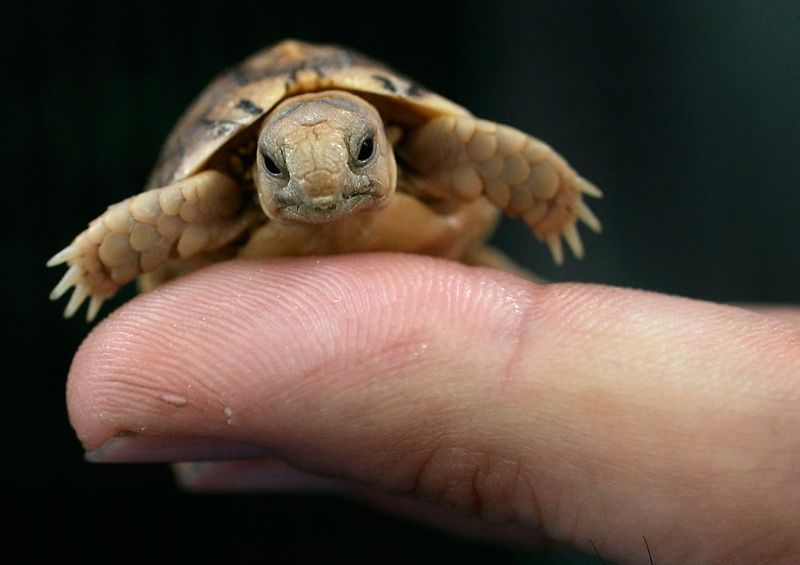
Sea turtles face critical challenges—all seven species appear on endangered lists. Plastic pollution, fishing nets, and beach development threaten their survival worldwide.
Many tortoise species struggle against habitat destruction and illegal pet trade. The ploughshare tortoise might be the world’s most endangered tortoise with fewer than 100 remaining.
Terrapins face localized threats from coastal development and crab traps, though generally maintain more stable populations than their relatives.
12. Species Variety
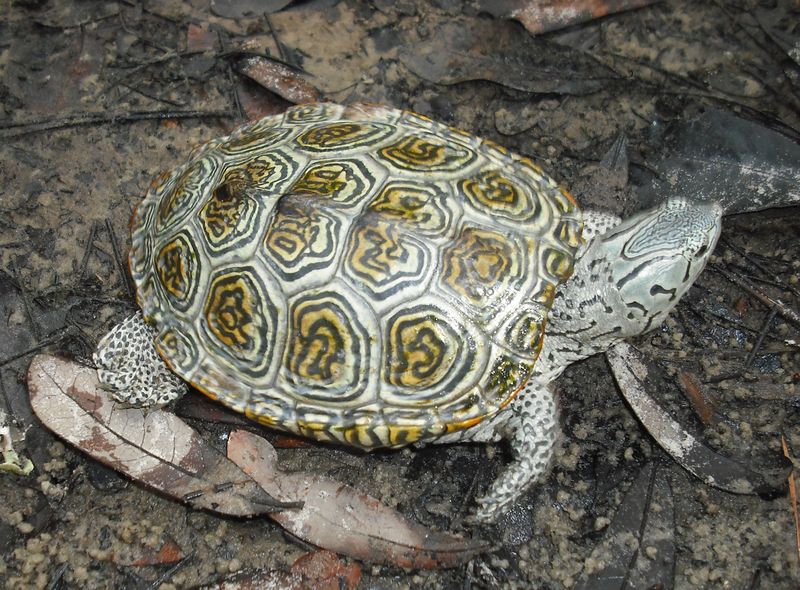
Turtles boast impressive diversity with approximately 356 species worldwide. They’ve adapted to nearly every aquatic habitat from tropical seas to desert ponds.
Tortoises comprise about 49 species, evolving specialized traits for various terrestrial environments. Their diversity appears more limited but highly specialized.
Terrapins represent the smallest group with roughly 7 recognized species, primarily found in coastal regions of North America and parts of Asia.
13. Communication Methods
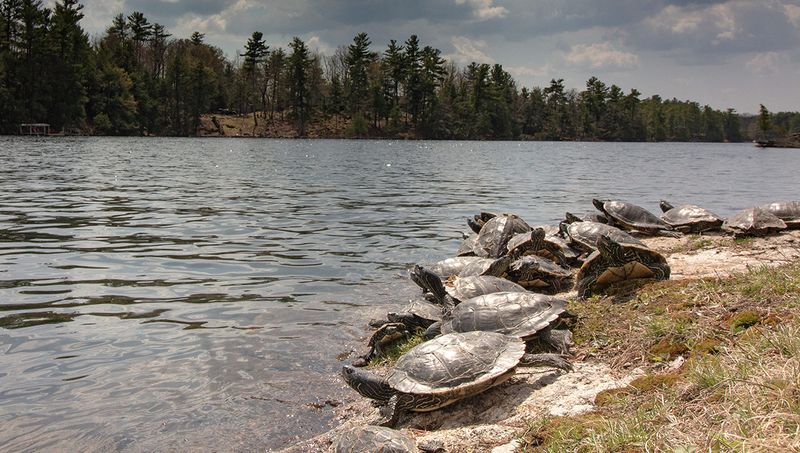
Male tortoises vocalize surprisingly loud mating calls that sound like grunts or roars. They also use head bobbing and ramming behaviors to establish dominance.
Sea turtles communicate through physical touch during mating. Females also use subtle body language to signal readiness or rejection.
Terrapins combine visual displays with vocalizations—males flash their bright colors during courtship while females use head movements to signal territory boundaries.
14. Interaction With Humans
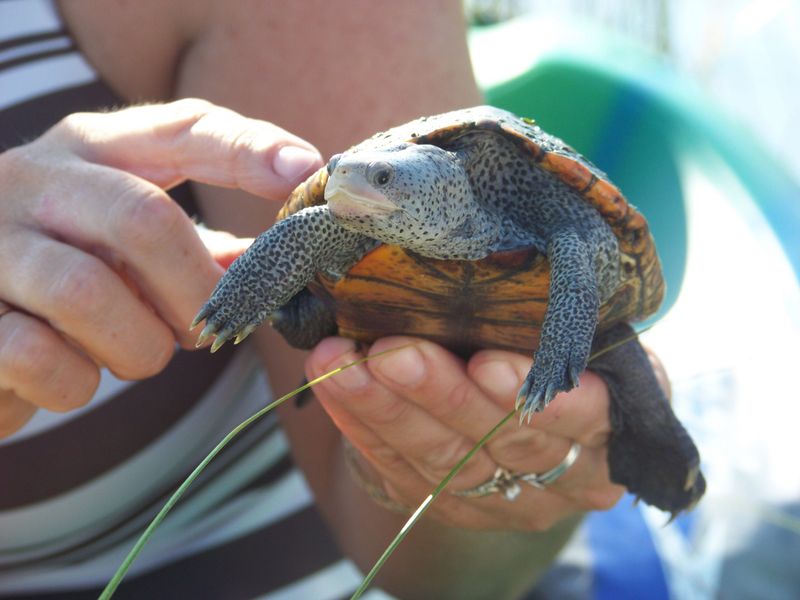
Tortoises feature prominently in human cultures as symbols of wisdom and longevity. Ancient tales from Africa to China celebrate their steady persistence and long life.
Sea turtles inspire conservation movements worldwide. Their mysterious migrations and ancient lineage capture human imagination and scientific curiosity.
Terrapins historically provided food for coastal communities but now face protection in many regions. Their name derives from an Algonquian word, showing their cultural significance.
15. Body Shape And Adaptation To Environment

Sea turtles evolved hydrodynamic, teardrop-shaped bodies that slice through water with minimal resistance. Their front flippers provide powerful propulsion while rear flippers steer.
Tortoises developed dome-shaped bodies that discourage predator attacks. Their high-backed shells prevent jaws from getting purchase, while their low center of gravity provides stability.
Terrapins show a compromise design—moderately streamlined for swimming yet robust enough for land travel. Their adaptable body shape reflects their dual-environment lifestyle.

